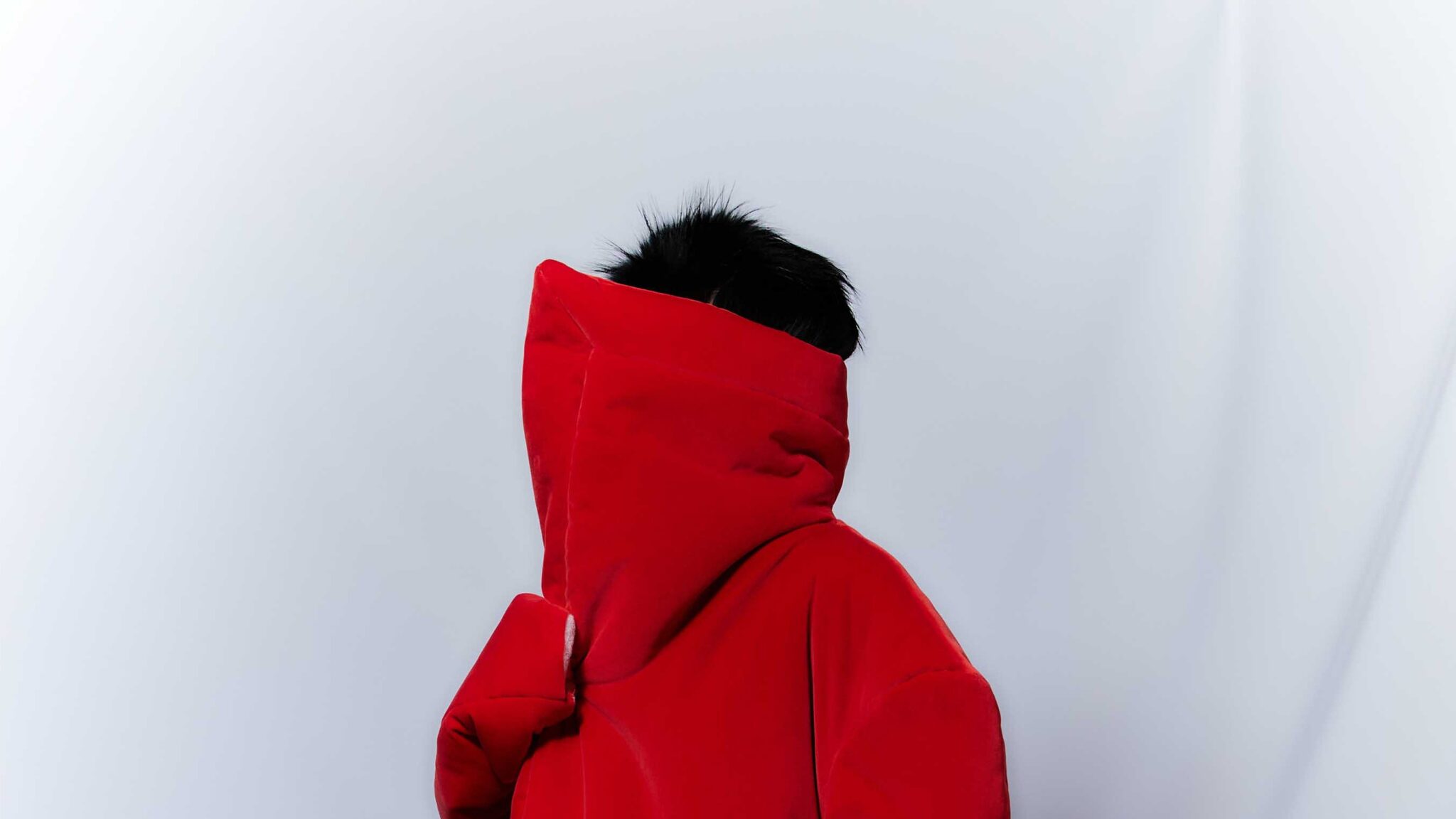There is plenty of room for mavericks in fashion. That’s one of the most important lessons from a long Zoom with Madrid’s Ernesto Naranjo, whose fall 2024 collection features a sharply cadenced poetry in which circles, squares and rectangles take the place of words.
Naranjo has developed a kind of modular design system, based on geometric shapes that he continuously refines, using his spectacular sense of color and (new this season) fabric combinations to create novelties. His use of surface decoration is sparing. Having previously used fringe and handmade pom-pom netting, for this collection the designer has encased crystal chandelier drops (taken from a lamp found at a local Sunday market) in green to lilac ombre tulle. He also collaborated with the artist Maria Suja on magnetic jewelry. Note the triangular appendage, placed at nipple level, which adds an almost cubist element to the look 11.
Naranjo, a Central Saint Martins graduate who worked side by side with John Galliano at Maison Margiela, finds this offering both within and against his comfort zone. The designer went to London and bought his fall materials in the same stores he visited as a student. The wave led him to use denim for the first time, and resulted in unexpected but happy combinations of fabrics, such as taffeta and cotton, used for trench coats. He made two mood boards, one especially for this season, and another with materials from boxes from his graduation work, and found them surprisingly complementary. “I was very happy with that,” he said. “I thought, ‘Maybe I thought I had changed a lot, but I hadn’t.’ ”
Well yes and no. Naranjo, who now teaches fashion and makes fashion at the same time, has given his young trainees the right to vote. Allowing their often knee-jerk input has kept the designer from overthinking and reminded him of Galliano’s feedback. “When I worked with John, he always told me I was very brutal in the way I worked,” Naranjo said. Brutal because it is more interested in form than decoration, and clear in vision. In terms of fittings, the designer notes: “I usually take things off more than I put them on.”
There is certainly an essential aspect in Naranjo’s work, namely the silhouette. He cuts patterns in such a way that sharp edges converge into lush curtains. Not surprisingly, he says he is a big fan of Halston’s work, and that he also draws inspiration from the spirit of Galliano, the inventiveness of Martin Margiela and the construction techniques of the Japanese school, all without being referential.
This offering does have a theme, but I’m almost afraid to share it, because the clothes don’t need a story imposed on them. The backstory revolves around showgirls, the interiors they exist in, the gazes they are exposed to, and the personas they create. But banish all thoughts of the Moulin Rouge and Elizabeth Berkeley from your mind; Naranjo looked at Cindy Sherman’s transformations and interiors, created by Italian artist Nanda Vigo. Showgirl is a synonym for sexy in this context, as the designer explored how to express that attribute in his own way, while also trying to protect these colorful performers. He described the opening duvet robe as “protective,” referenced satin sheets (the bed can be seen as a kind of safe haven), and made many of the “nude” looks with skin-tone mesh so they aren’t actually nude. Such innocent ‘deceptions’ are typical of Naranjo’s work, which looks flat on the pendant and sparkles to life on the body.





